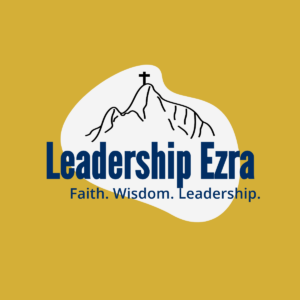Life is full of examples that teach us lessons. That’s why stories and illustrations make learning so much more effective. When a story can be used to illustrate or demonstrate a valuable lesson, the story makes it much more understandable, relatable, and memorable. With that in mind, I want to take some time to do just that – share examples of circumstances and stories experienced in everyday life which illustrate leadership lessons that we can learn and apply. This is one of those examples, and it teaches us about helping people have the right frame of mind.
My grandson seemed to not be in a good mood, and was not being very cooperative or kind. At the time that he was struggling with his attitude, he decided that he wanted something and demanded it. His mom, my daughter, told him he needed to ask nicely and say please, to which he informed her (in all seriousness) that he had used up all of his pleases, so he couldn’t do that.
What I watched my daughter do next was brilliant. Without reacting to him, she asked him a completely different question. She asked him if he wanted to help her make some coffee. He loves to help do things – in fact, recently he told me that his favorite thing to do was to be my helper – so he immediately jumped up and said that he wanted to help. He then helped to make coffee for everyone, and his attitude completely turned around. He became joyful and kind, asked nicely for things, and “found his pleases.”
For whatever reason, he had been in the wrong frame of mind. It could’ve been because he was bored, hungry, upset about something else, or a number of other reasons. But, regardless, his attitude was out of sorts, and it was affecting his perspective on everything. The response that my daughter took did two things: it redirected his focus to something positive that was meaningful to him, and it gave him something to do that affirmed his value.
That’s a tremendous lesson that we can apply to our leadership activities and relationships. Sometimes people are not in the right frame of mind, and it affects their emotions, their behavior, and their performance. We may or may not know what those reasons are, but there is still something that we can do. We can redirect their focus and their responsibilities so that they can do something that is meaningful to them and affirms their value. When that happens, it gets them out of the cycle or pattern that is keeping them in a negative frame of mind, and lets them redirect or refocus themselves. What you have really done is given them purpose and value, which will likely, in turn, affect how they feel and behave.
So the lesson on leadership from this little thing in life, this story of my grandson running out of pleases, is that there may very well be something you can do to help change someone’s attitude and frame of mind. You won’t do it by reacting or belittling. But if you can refocus their attention and their efforts to an opportunity that provides meaning and value, you may just help someone completely change their day.
